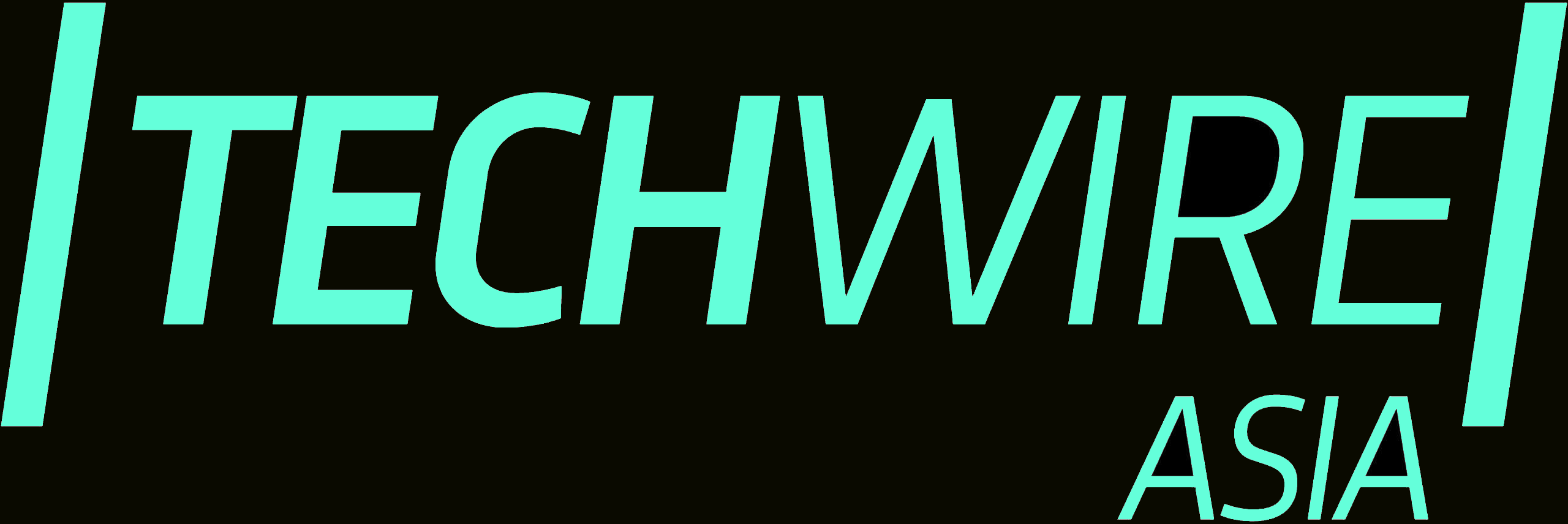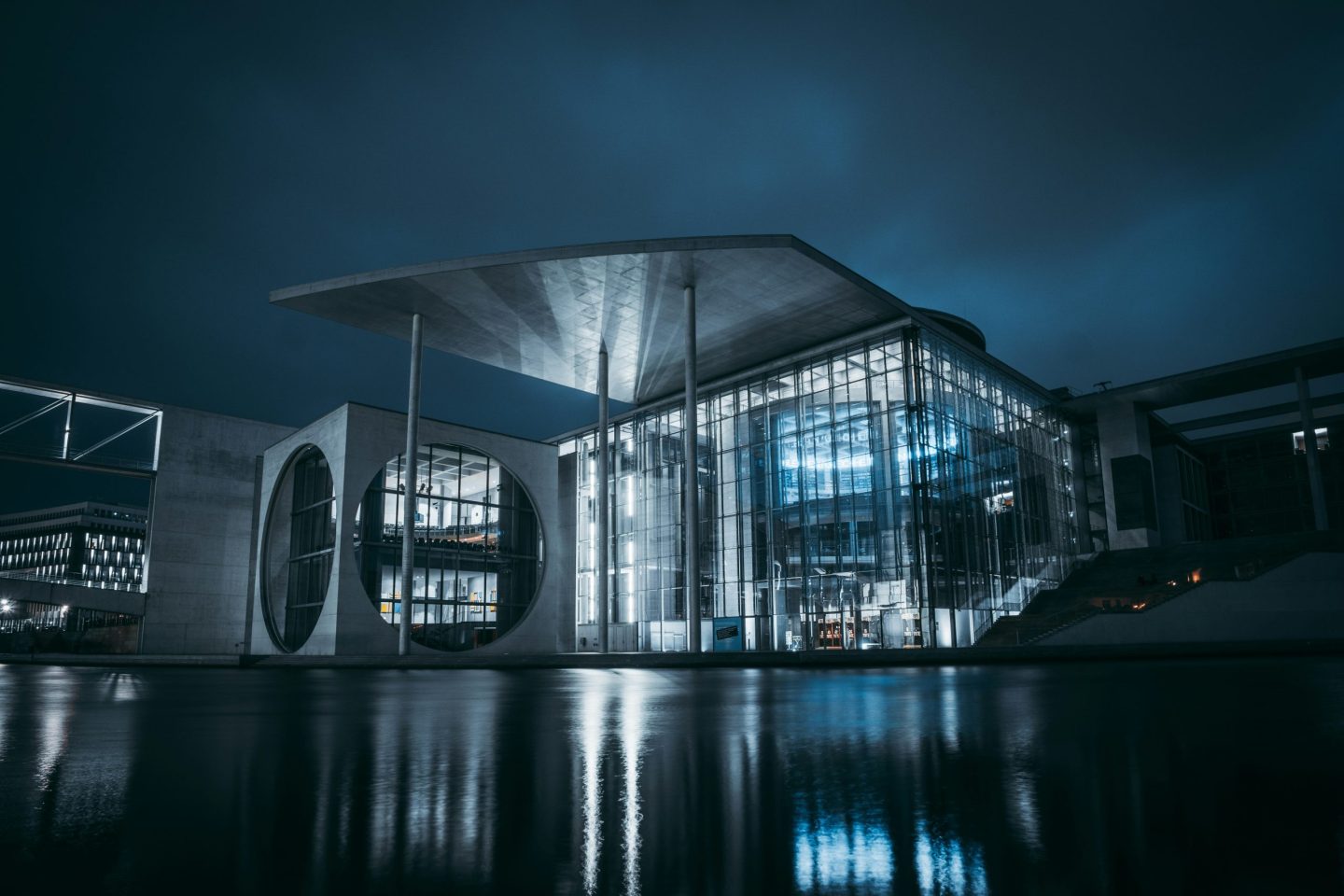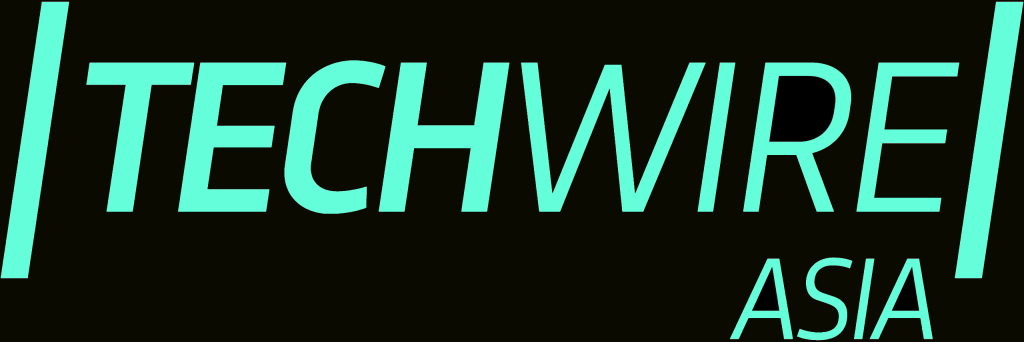- AirTrunk is expanding its Malaysia platform with JHB2.
- JHB2 data centre in Johor will support AI workloads with liquid cooling technology.
AirTrunk, a leading name in hyperscale data centres across Asia Pacific & Japan (APJ), is strengthening its foothold in Malaysia with plans for JHB2—its second cloud and AI-ready data centre in Johor’s Iskandar Puteri region. Once fully operational, JHB2 will offer over 270 megawatts (MW) of capacity, meeting the growing needs of global cloud and tech giants setting up shop in the area.
The announcement comes only months after AirTrunk launched JHB1, its first data centre in Johor, which went live in July 2024 with over 150MW. The two projects represent a massive RM9.7 billion (A$3.5 billion) investment, pushing AirTrunk’s total capacity in Malaysia to more than 420MW.
Powering Malaysia’s digital future
JHB2 is set to sit within a key availability zone and will offer seamless cross-border connectivity for customers operating across Malaysia and Singapore. The project supports Malaysia’s digital transformation goals while aligning with the Johor-Singapore Special Economic Zone (JS-SEZ)—a joint initiative aimed at driving regional growth.
Malaysia is positioning itself as the next big data centre hub in Asia, drawing global companies with land incentives and resources, especially as firms look beyond land-scarce Singapore. The approach is working—Johor was recently named Southeast Asia’s fastest-growing data centre market in 2024, driven partly by Singapore’s temporary pause on new data centres.
However, this rapid growth has brought challenges. Johor rejected nearly 30% of data centre applications in 2024, as authorities moved to protect local resources like water and electricity.
AirTrunk’s success in securing JHB2 despite this increasingly selective approval process highlights the company’s reputation and commitment to responsible, sustainable development.
Built for AI, built for the future
Like JHB1, JHB2 is built with AI in mind. It will feature advanced liquid cooling technology, allowing it to handle high-density AI workloads efficiently, all while keeping energy consumption in check.
JHB2’s design emphasises efficiency and sustainability. The facility will operate with a low Power Usage Effectiveness (PUE) of 1.25 and will provide customers with renewable energy options. However, since the proliferation of data centres in Malaysia raises concerns about water scarcity, JHB2 is addressing the resource challenge directly.
Addressing water scarcity with alternative solutions
Malaysia’s data centre expansion is putting pressure on public water supplies, particularly in Johor. The National Water Services Commission (SPAN) has warned that demand from data centres in key states far exceeds availability, forcing the regulator to write new guidelines requiring operators to use alternative water sources such as reclaimed, rainwater, or treated wastewater.
These rules are expected to be enforced by mid-2025, with a target to eliminate data centres’ reliance on potable water within three years.
AirTrunk is already ahead of the curve. The company is exploring the use of treated greywater for cooling at both JHB1 and JHB2, aligning with the government’s push for alternative water sources.
Insiders confirm that AirTrunk’s sustainability plans will ensure both facilities are well-prepared to meet SPAN’s upcoming requirements.
Driving the clean energy transition
AirTrunk’s Net Zero 2030 target is more than just talk—the company is taking real steps to reduce its carbon footprint:
- One of Southeast Asia’s largest onsite solar installations is already up and running at JHB1.
- Malaysia’s first Virtual Power Purchase Agreement (VPPA) has secured 30MW of renewable energy through the Corporate Green Power Programme.
At JHB2, AirTrunk is working with Malaysia’s utility provider, Tenaga Nasional Berhad (TNB), to fast-track high-voltage power supply within 12 months under TNB’s Green Lane Pathway for Data Centres.
The company is also providing land for a new substation, which will assist to improve the region’s power infrastructure.
Investing in local talent
AirTrunk’s involvement is more than just infrastructure; it’s also about people. Malaysia’s workforce is 90% local, with employees earning above-market salaries and having access to career development programs.
The company is supporting digital literacy initiatives and funding STEM scholarships at Universiti Teknologi Malaysia (UTM) to build up Malaysia’s future tech talent pipeline.
Pei Jet Lim, AirTrunk’s Country Head for Malaysia, summed it up this way:
“Combining long-term investment with high value local employment, training and social impact initiatives is central to our approach. As with JHB1, we have also continued to pioneer sustainable practices with JHB2, in line with our commitment to achieving Net Zero by 2030.”
Support from local leaders
The Menteri Besar of Johor, Dato’ Onn Hafiz Ghazi, praised AirTrunk’s continued commitment, emphasising its positive impact on jobs, skill development, and digital infrastructure:
“Ensuring high value employment and training opportunities, like those offered by AirTrunk, alongside the economic contribution of digital infrastructure also ensures a positive legacy for Johor. This will surely help in achieving the vision of Maju Johor by 2030.”
Expanding across Asia Pacific
With JHB2, AirTrunk’s regional footprint grows to 12 data centres across Australia, Hong Kong, Japan, Malaysia, and Singapore—bringing total capacity to nearly 1.8 gigawatts (GW).
For Malaysia, this expansion is about more than building data hubs. It’s fueling cloud and AI innovation while delivering long-term value to the economy, workforce, and environment.
Want to learn more about cybersecurity and the cloud from industry leaders? Check out Cyber Security & Cloud Expo taking place in Amsterdam, California, and London.
Explore other upcoming enterprise technology events and webinars powered by TechForge here.








